Elon Musk isn’t short of bright ideas, whether they involve inventing a trail-blazing electric car company, launching rockets into space or attaching batteries to houses.
Back in 2013, the Tesla boss had another brainwave. Somewhat underwhelmed by California’s proposal for a high-speed rail system that, in Musk’s view, was going to be too expensive, too slow and too reliant on outmoded technology, he proposed Hyperloop – a modern mode of transport suited to intercity travel over distances of several hundred miles.
Too busy spinning his other plates to take the idea further, Musk wrote a white paper laying out his vision and invited like-minded entrepreneurs to run with it. Step forward Hyperloop One, a new company that was founded in a garage in the summer of 2014 and now employs 200 people working towards the goal of making the Hyperloop concept into a peoplecarrying reality five years from now. Here’s the lowdown.
THE TECHNOLOGY AND SCIENCE EXISTS
Hyperloop uses a linear electric motor to propel a levitated pod through a low-pressure tube that can be situated either above or below ground. The pod, which will hold somewhere between 12 and 36 people, can glide silently for miles. The air pressure that traditionally builds up at the front, causing the turbulence, will be removed using industrial pumps.
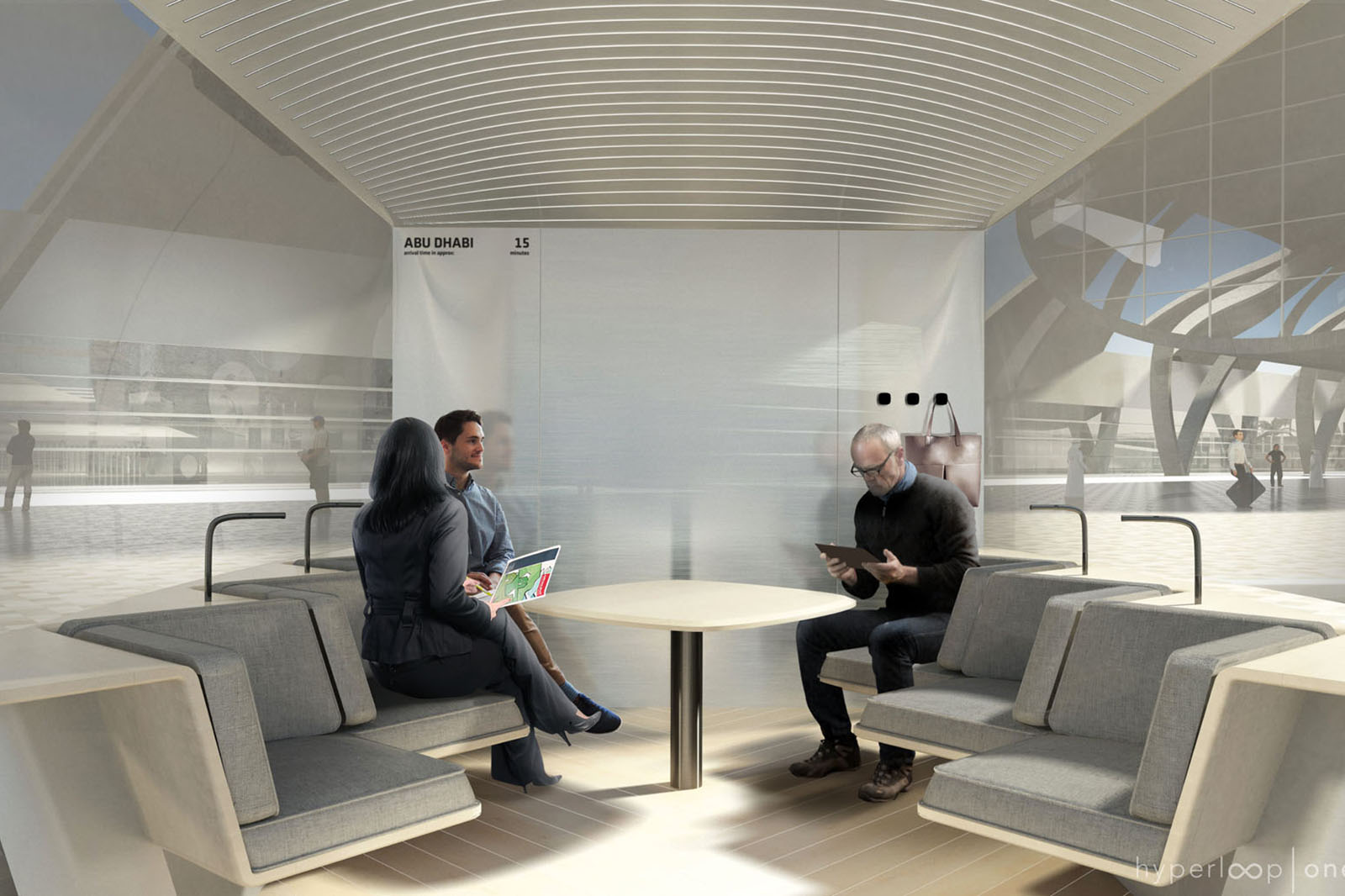
“We’re taking a combination of existing science about aerodynamics, levitation and linear motors and building a system that works with an autonomous control system to create something quite different,” says Hyperloop One CEO Rob Lloyd. “By using magnetic levitation instead of wheels, the system becomes more efficient when you go quickly. You can glide at 650mph to 750mph.”
THERE ARE NO STATIONS
A Hyperloop One infrastructure won’t have the same land demands as a traditional overground train network. The tubes in which the pods travel are much more compact than the tube tunnels we’re familiar with, and the absence of intermediate stopping points makes the system cheaper to build.
“A major train station needs big platforms where 800 people can line up at the side,” says Lloyd. “Hyperloop will have a circular portal and multiple underground levels.”
TIMETABLES BE DAMNED
Hyperloop will be an on-demand service.
“A train arrives at a specific time, and if you miss that one, you have to wait,” says Lloyd. “Our idea is that we go point to point to a specific destination with a much smaller vehicle. When you combine the speed that the pod can travel with the point-to-point nature of the system, you shave off a load of time.” Short journey times could enable commuters to live in the north and work in the south.

RELAX: WE’LL STILL NEED CARS
Lloyd dismisses a suggestion that Hyperloop could replace the car entirely. We’ll still need to rely on “last-mile technologies” such as cars to take us from home to the Hyperloop terminal and then to work at the other end. Whether we actually own or drive that car is another matter. “It might be a ride sharing service, an autonomous car or your favourite BMW,” he says.
HYPERLOOP CAN GO UNDER OR OVER
Some schemes would be above ground, but Hyperloop One is also looking at digging. The tubes in which the pods travel are likely to be around five metres in diameter and “they are relatively quick and inexpensive to build compared with projects such as the Channel Tunnel,” says Lloyd. “We’re looking at a tunnel between Finland and Sweden underneath the Aland Islands, and one from Estonia to Finland that would be about 40 miles in length. It could be built for billions rather than tens and tens of billions.” Lloyd won’t put a specific price on a system’s build cost but says: “As an average, it will be two-thirds the price of highspeed rail at three times the speed.”
750MPH WON’T SCRAMBLE YOUR BREAKFAST
“The classic question we’re asked is: ‘What is it going to feel like?’,” says Lloyd. “It depends how fast you accelerate. If you want an exhilarating ride in a Tesla in Ludicrous mode, you just hit the accelerator as fast as you can and get a fair amount of g-force. That’s not what most people want in a transportation system. With the electric motor, we can generate very linear force, so we just lengthen the distance that we use to accelerate to get very gradual acceleration. We could make it feel like a highspeed elevator.”

WILL IT BE SAFE?
Blasting through a small tube at speeds of up to 750mph sounds fraught with risk, but Lloyd counters by saying: “It’s a controlled environment, so therefore we have fewer variables than you would experience when you get in a car or jump on a plane. We will be working extensively with regulators to certify the technology and make sure that everything is safe.” Hyperloop will have an autonomous control system – “the speed would preclude a human from being the decision maker” – but Lloyd admits some regulators might insist on a back-up human driver.
YOU COULD RIDE IN 2021
The goal for 2017 is to prove the technology and Hyperloop One is building a ‘DevLoop’ test facility in Las Vegas. It plans to select locations for the first systems in 2018 and construction will take place in late 2018 and throughout 2019.

“In 2020 we aim to start with cargo services, moving containers or pallets of freight,” says Lloyd. “We’re doing a study about the potential of that in Los Angeles.” Lloyd also reports interest in the United Arab Emirates, northern Europe and Russia. If all goes to plan, passenger services could begin in 2021.


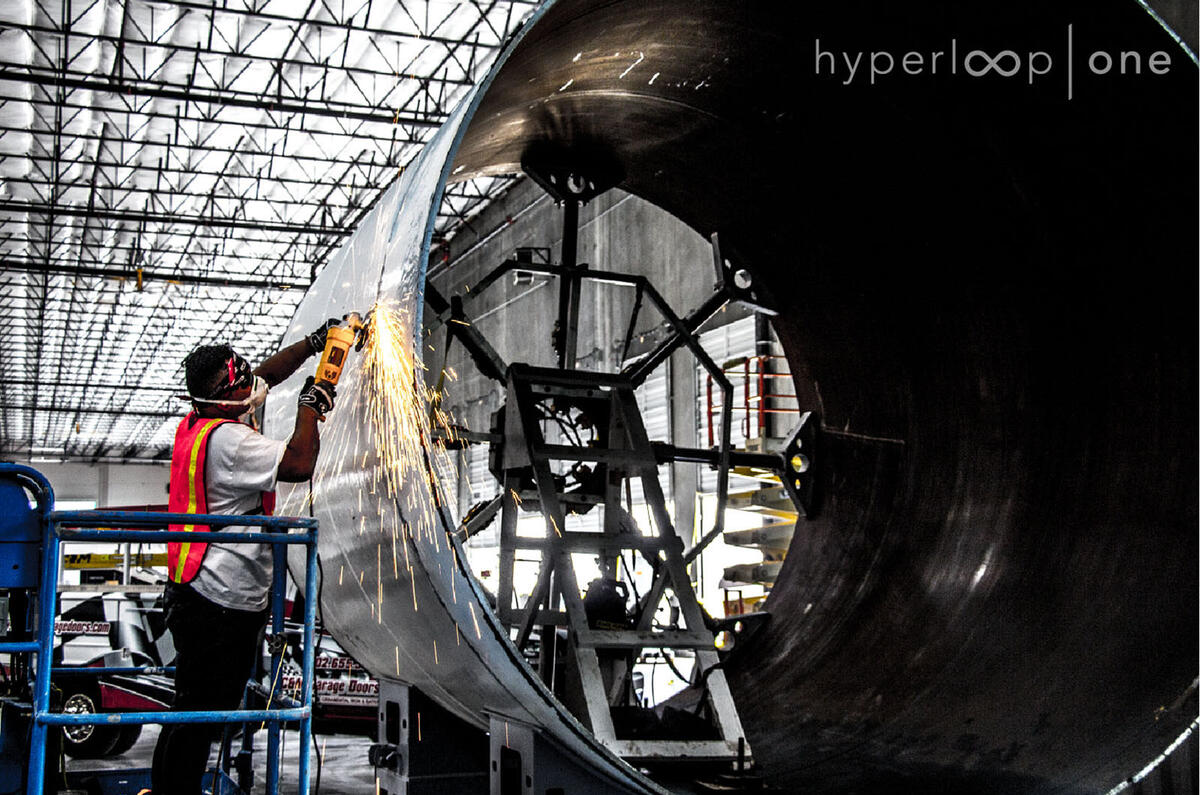





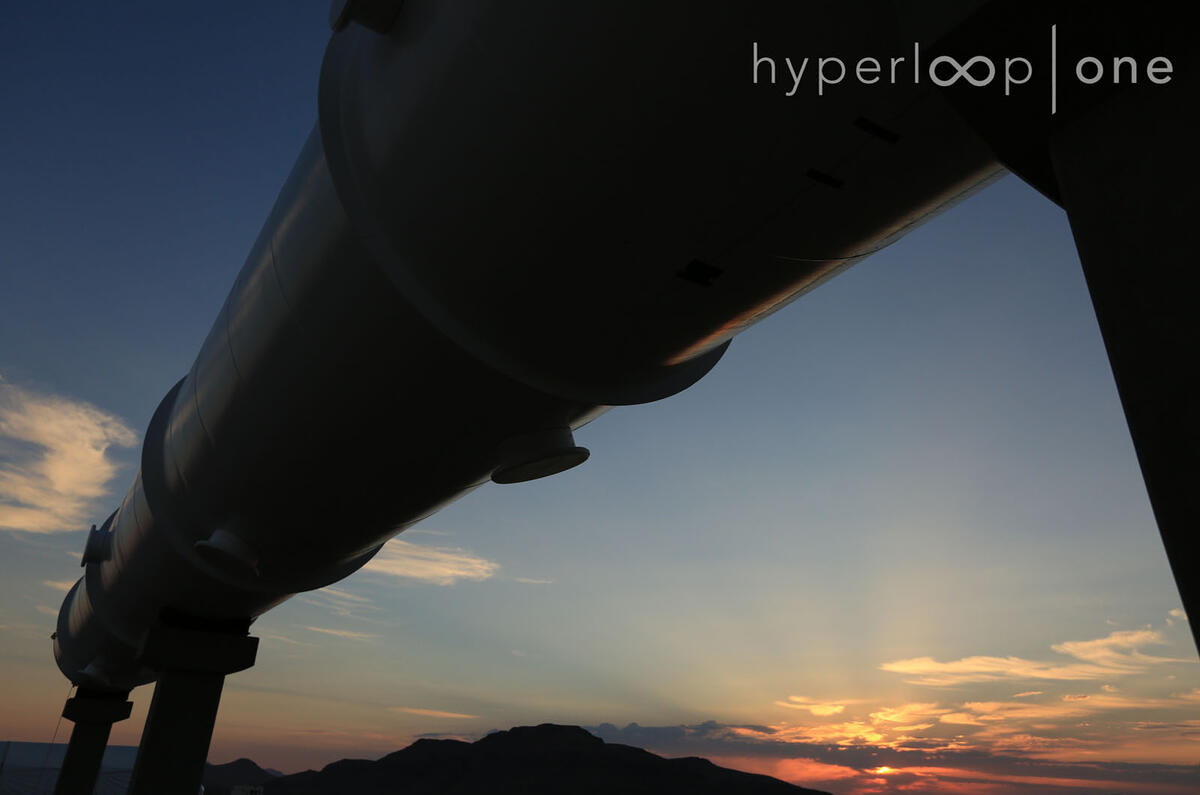

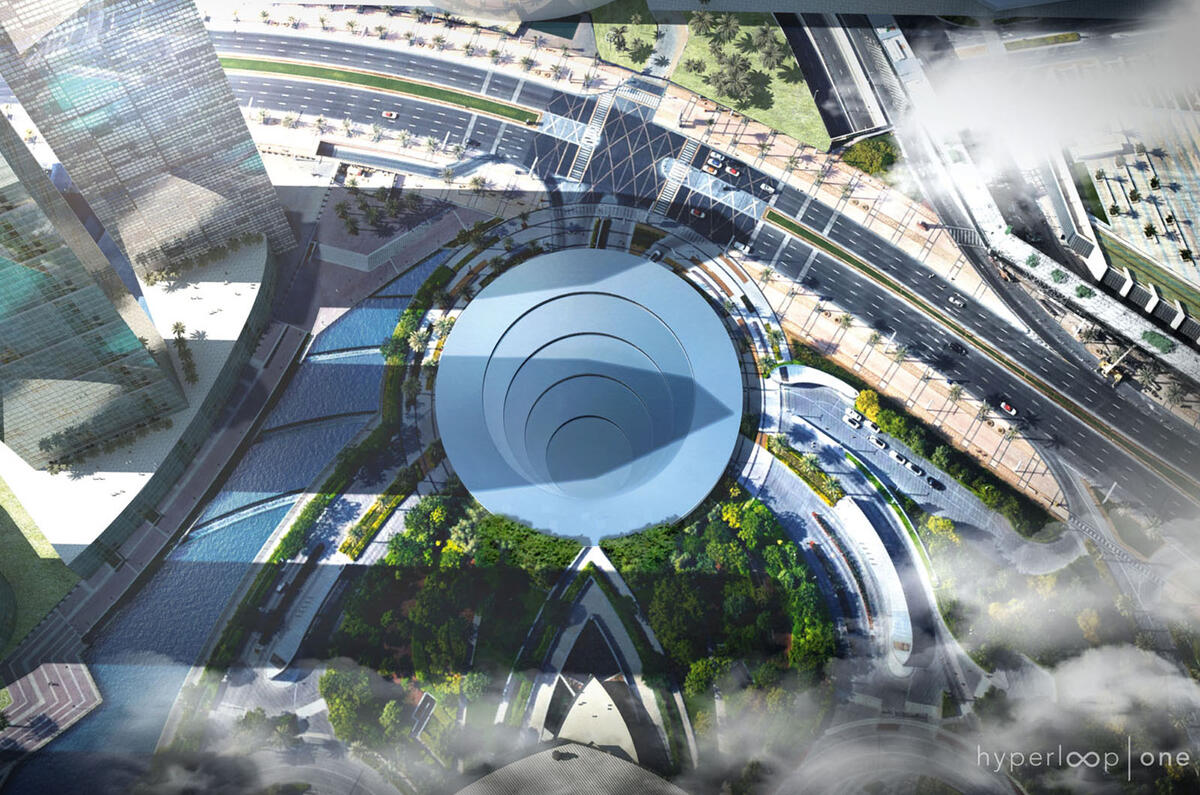




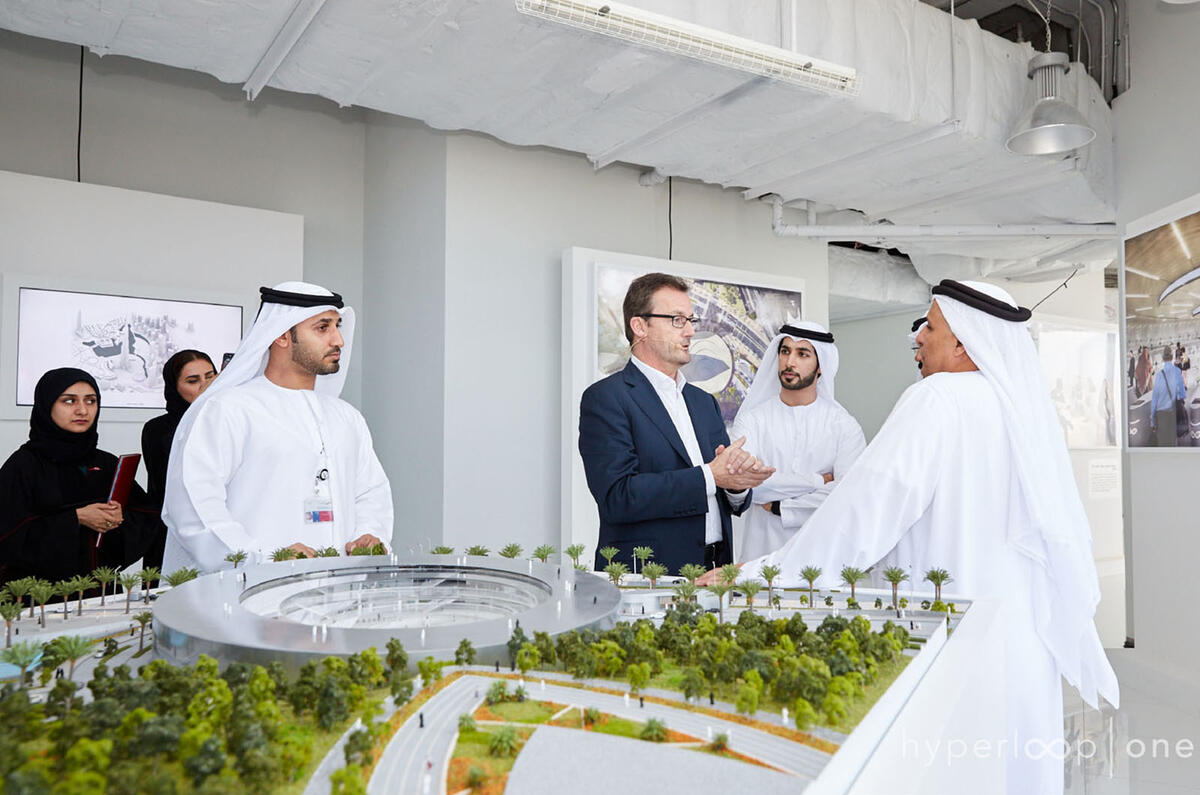




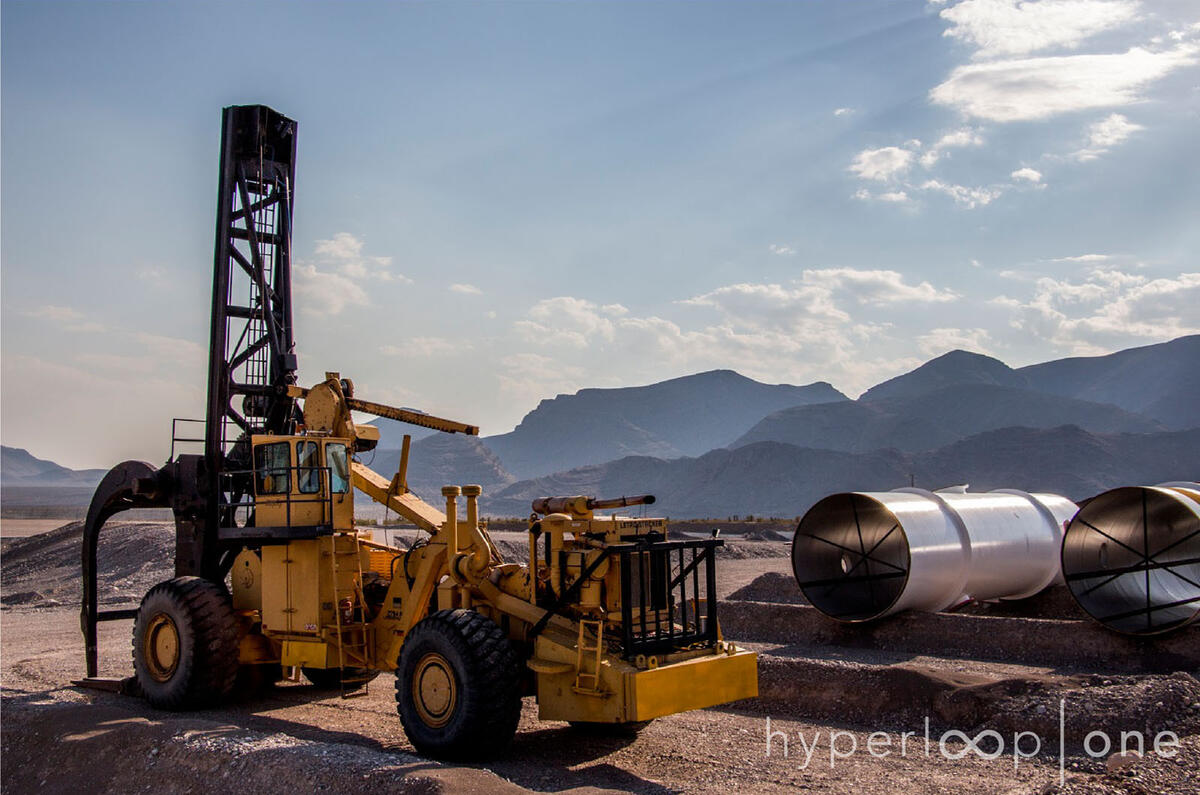






































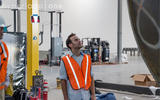




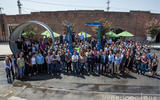












Join the debate
Add your comment
Distance
Finally! There is a great way
=========== www.Wagenet10.com
LOL, byt hyperinflated to term it, hyperloop